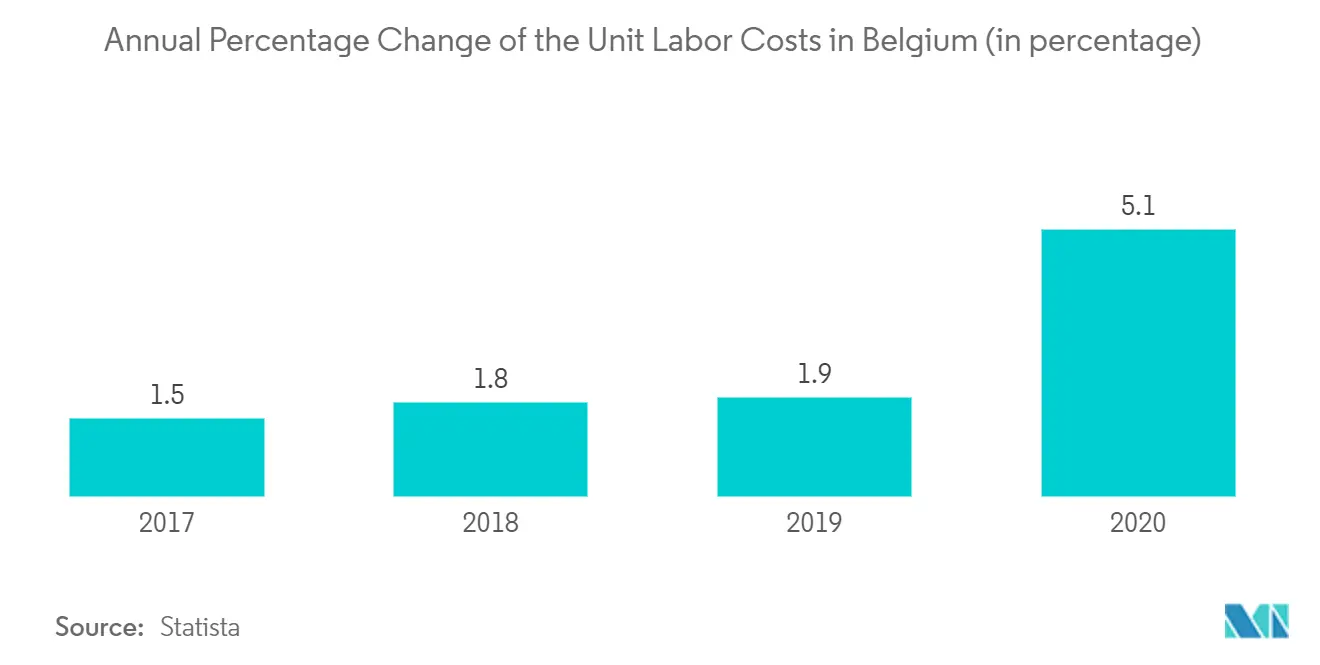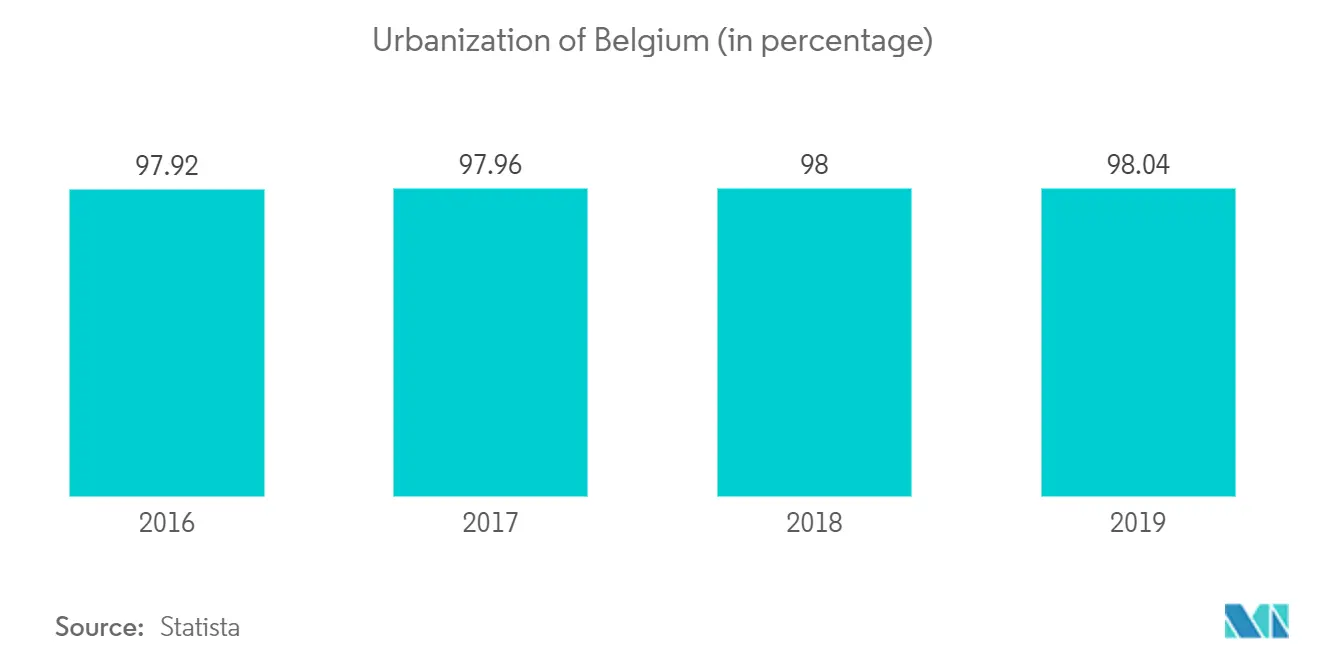Market Trends of Belgium Prefabricated Buildings Industry
This section covers the major market trends shaping the Belgium Prefabricated Buildings Market according to our research experts:
Labour Costs in Belgium has increased in 2020
The construction market (supplier side) remains highly competitive and is saturated with sophisticated players. As a result, labor costs remain high and margins low for contractors, pushing general contractors to cut back on their own Belgian labor force and work more and more with foreign subcontractors. Labor costs consist of wages & salaries and non-wage costs (e.g. employers' social contributions). Due to COVID-19 restrictions and lockdown imposed by the government, there is a shortage of labor force in Belgium. The labor force is an essential factor for Belgium's housing construction market. Belgium's labor productivity improved by 1.83 % YoY in March 2021, compared with a drop of 4.02 % in the previous quarter. The country's labor force participation rate dropped to 68.47 % in December 2020.

Increase in demand for prefabricated houses in Belgium
There is an increase in demand for prefabricated houses in Belgium due to the increase in population and the increasing urbanization in the country. Belgium is Europe's most urbanized nation. In 2019, 98.04 percent of Belgium's total population lived in urban areas and cities. Due to the increase in the urban population in the country, there is demand for new residential houses. The urban population is increasing due to increasing job opportunities and the easy availability of sources in the urban areas.
Belgium has one city (region), Brussels, with a population of over 1.1 million. Other major cities are Antwerp (508,000 population), Ghent (249,000 population), Charleroi (204,000 population) and Liege (196,000 population). They are followed by a lot of medium-sized cities.


